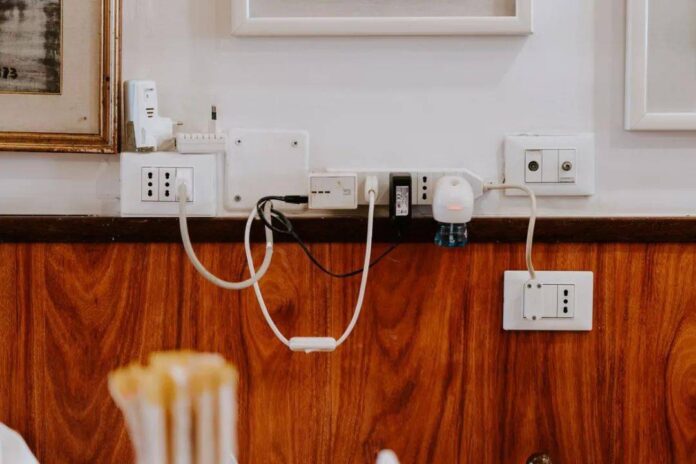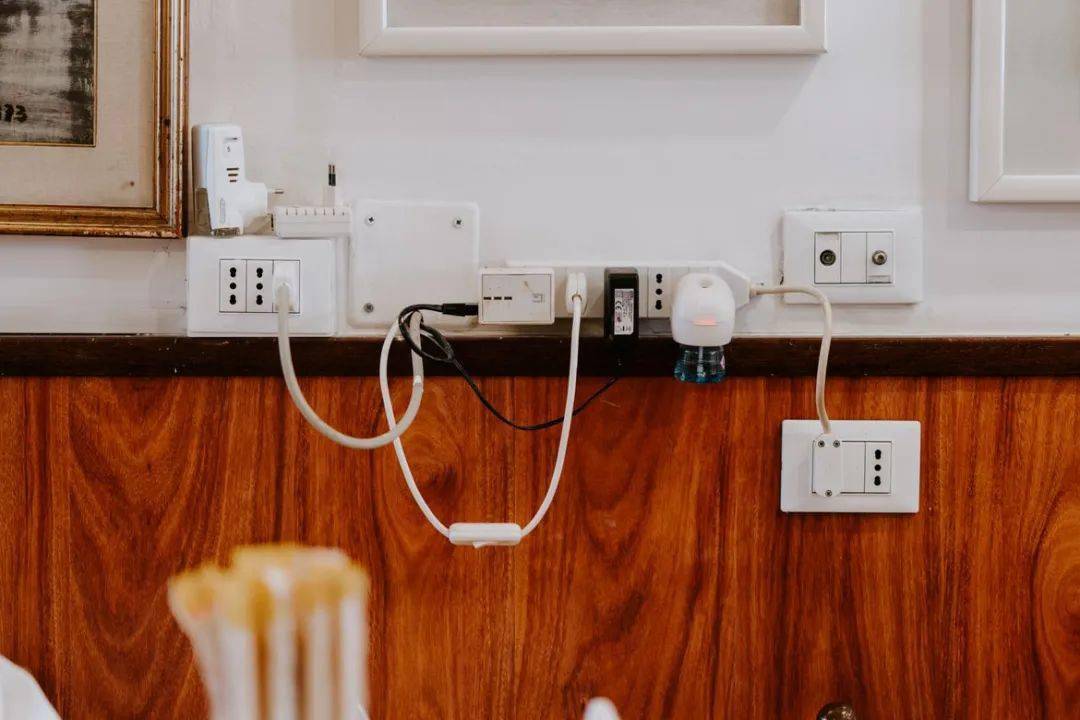GFCI outlets, or Ground Fault Circuit Interrupters, are becoming an increasingly popular choice for homeowners when it comes to home safety. They automatically shut off power when they detect any potential problems like electrical faults, which can cause fires or electrical shocks. This blog post will discuss the basics of GFCI outlets and what you should know about installation.
GFCI Outlets Are Installed in High-Risk Areas
One of the biggest risks in homes is a ground fault, which happens when electricity escapes from its intended path and flows into the ground or another conductor like you when the insulation on the wires gets damaged or if water gets into the outlets, putting you at risk for an electric shock.
That’s why it’s so important to install GFCI outlets in areas where there is a higher risk of electric shock, where there is a higher chance of water being present, and in outdoor areas where there is potential for shock from tools or equipment. Experts specializing in outlet installation in Wellesley, MA note that these areas include:
- Bathrooms – Within six feet of a bathtub or a sink
- Kitchens – Near countertops and dishwashers
- Laundry rooms
- Basements
- Balconies, decks, and porches
- Garages, workshops, and outdoor areas
A GFCI outlet is designed to help prevent these shocks by constantly monitoring the current running through it. It will automatically cut power to the outlet if it detects a ground fault, preventing you from getting shocked. It’s important to remember that GFCI outlets are not a substitute for proper electrical safety practices.
They should be used in addition to other safety measures, like using extension cords and surge protectors, and never overload an outlet by plugging in too many devices.
GFCI Outlets Come in Standard and Tamper-Resistant Varieties
There are two options available: standard and tamper-resistant varieties. Tamper-resistant GFCI outlets have a shutter mechanism that prevents foreign objects from being inserted into the outlet, which reduces the risk of electrical shock. Tamper-resistant outlets are required in areas where children are likely to be present, such as schools and daycare facilities.
In homes, either type of outlet can be installed. However, many builders now install tamper-resistant outlets as a standard feature in new homes. If you’re unsure which type of outlet is installed in your home, look for the “TR” symbol on the faceplate. A tamper-proof GFCI outlet adds an extra layer of electrical safety for your home.
Regular Testing is Recommended to Ensure They’re Operating Correctly
It’s recommended to test these outlets regularly to ensure they’re operating correctly and protecting you and your family. Here are a few tips on how to test GFCI outlets:
- Plug a lamp into the GFCI outlet and turn it on.
- Press the “test” button on the GFCI outlet. The light should go off. If it doesn’t, the outlet needs to be replaced.
- Press the “reset” button on the GFCI outlet. The light should come back on. If it doesn’t, the outlet needs to be replaced.
This is just a simple DIY test you can do to make sure your GFCI outlet is protecting you and your family. If you’re not comfortable doing this test, call a professional electrician to come out and check it for you.
GFCI Outlets Should Be Installed Professionally
GFCI outlets are an important part of any home’s electrical safety system, so it’s important to make sure they’re functioning properly and that they’re installed correctly. GFCI outlets must be properly installed by a qualified electrician in order to work as expected. Improper installation can result in dangerous electrical conditions.
If you have an older home, it’s especially important to ensure that all of your GFCI outlets are up-to-date and functioning properly. Outlets over 15 years old may not be equipped with the latest safety features, so it’s a good idea to have them replaced. Also, consider following this electrical safety checklist to make your home safer.
Prioritize Electrical Safety in Your Home
While GFCI outlets aren’t required by code in all areas of the home, it’s always a good idea to install them where there is a higher risk of electric shock or ground fault. By doing so, you can help protect yourself and your family from potential danger. Additionally, combine GFCI protection with other safety measures, such as installing smoke and carbon monoxide detectors.
If you’re not sure whether an area of your home needs a GFCI outlet, consult with a licensed electrician. They can help identify potential electrical hazards in your home and make the necessary recommendations to ensure your family’s safety.



















